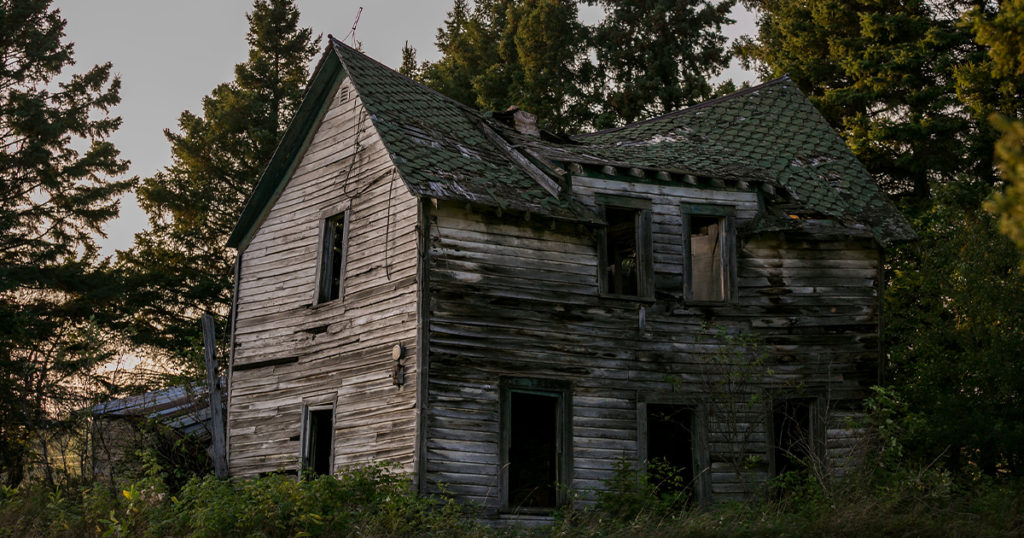
As autumn ushers in longer, cooler nights and the sound of crunching leaves, it also calls forth stories of ghosts and haunted houses. Especially this year, as increased time at home makes these earlier sunsets and colder days feel particularly dispiriting, the escapism of a fictional house rattling and creaking with secrets feels strangely welcome. There are, of course, classics like Henry James’s The Turn of the Screw or Shirley Jackson’s The Haunting of Hill House, but the following literary haunted houses are ghostly in less straightforward—but equally uncanny—ways.
To the Lighthouse by Virginia Woolf
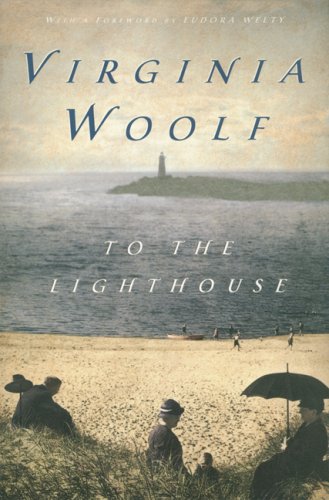
Woolf’s novel is best known for its meditations on truth and beauty, along with her portrayal of Mrs. and Mrs. Ramsay’s internal lives as a means of exploring gender and marriage. But the novel is as much about the disappointments of midlife, legacy, and loss. Its middle section, “Time Passes,” depicts the Ramsays’ summer home on the Isle of Skye as ravaged by year after year of summer storms, neglect, and decay. We learn of World War I, and the deaths of Mrs. Ramsay and two of her children, each in a single sentence. Abstract concepts like “loveliness” and “stillness” move actively through the empty house. When the family returns to it years later, these deaths and the war’s enormous destruction haunt the house and the surviving Ramsays.
We Have Always Lived in the Castle by Shirley Jackson
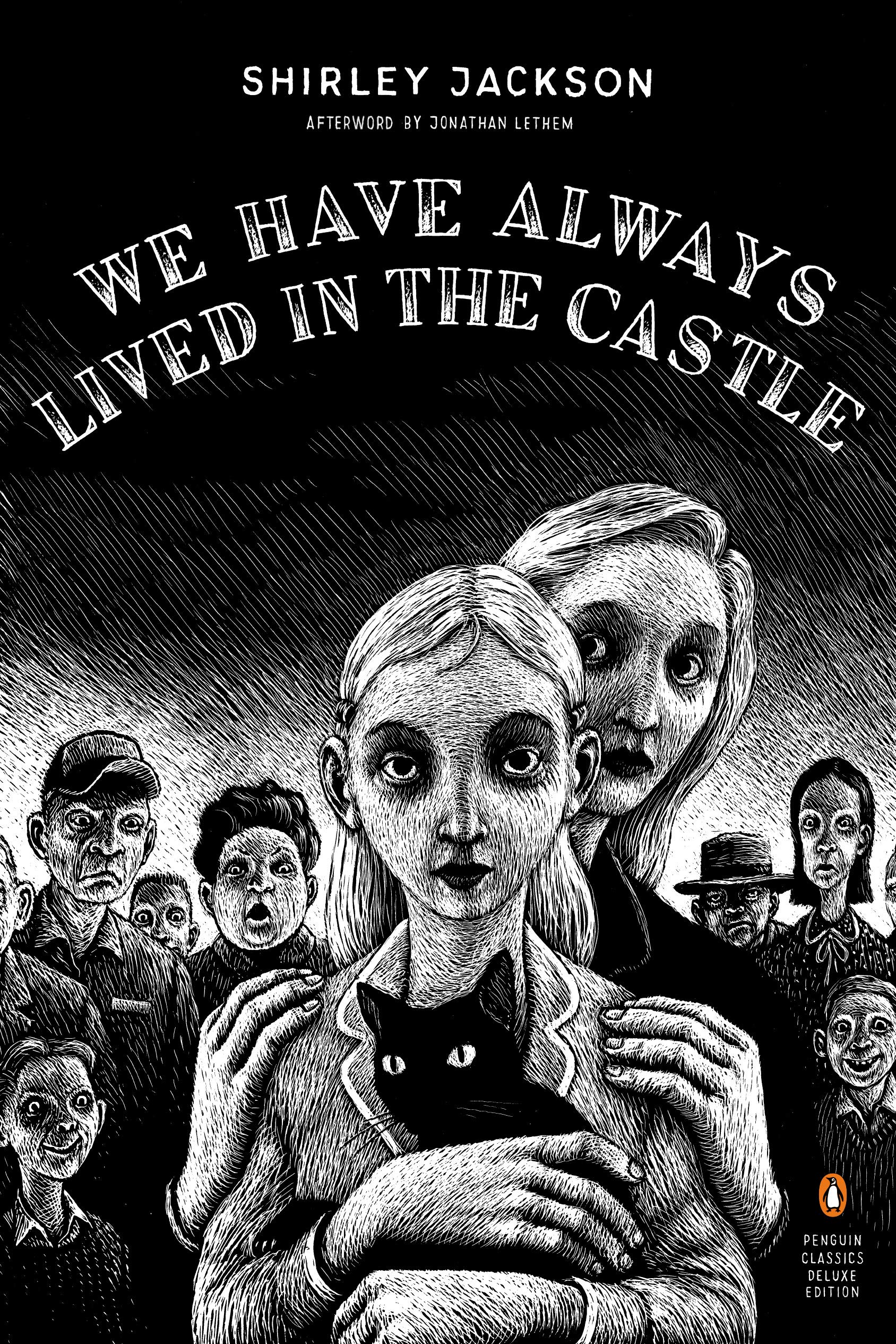
The house in Shirley Jackson’s We Have Always Lived in the Castle is just as haunted—at least metaphorically speaking—as her more famous Hill House. Here, main character Merricat lives with her sister Constance and their uncle Julian in their family’s once-grand estate. Readers gradually come to understand that Constance was accused and acquitted of murdering her parents, brother, and aunt with arsenic-laced blueberries, and also that while she delights in long taxonomies of the many poisonous plants in her garden, she is not the one responsible for the family’s death.
The Magic Toyshop by Angela Carter
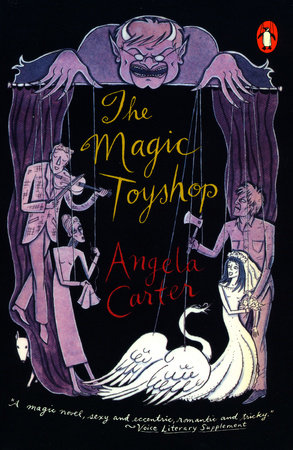
When teenage Melanie’s parents are killed in a plane crash, she and her two younger siblings are sent to live with their uncle at his toyshop-house in a run-down part of London. Rich with allegory, archetype, and literary allusion, Carter’s novel depicts characters that are haunted by individual, familial, and even societal transgressions. Their only hope for even a semblance of happiness is to destroy the house and all it stands for.
Housekeeping by Marilynne Robinson
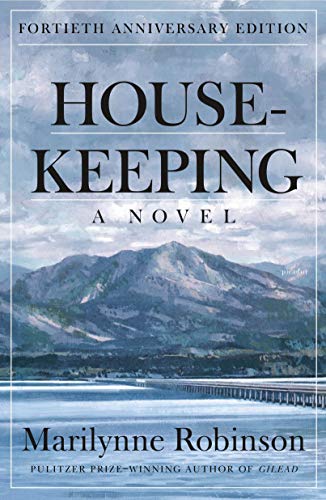
Marilynne Robinson’s first novel is different in tone and setting from her renowned Gilead quartet (the final installation, Jack, is out this month), but it is no less worth reading. In Housekeeping, sisters Lucille and Ruth are dropped at their mother’s childhood home before their mother drives off a cliff into an icy lake in Fingerbone, Idaho. While Lucille works hard to assimilate into town life and moves in with her home economics teacher, Ruth becomes increasingly disconnected from all of society’s expectations for her. By the end of the novel, the now-ramshackle house she’s sharing with her eccentric aunt has come to feel so haunted by its inhabitants’ cumulative sorrows that she is relieved to watch it burn before turning her back on society forever. Some scholars have argued that Ruth, who narrates the novel in a nearly omniscient tone, is telling the story after her own death, and in that way haunting not just the places she visits but the novel itself.
Beloved by Toni Morrison

Sethe has lived at 124, a house in southern Ohio, with three of her children since escaping Sweet Home, the plantation in Kentucky where she was enslaved. After 18 years, the house is visited by the ghost of her fourth child, a daughter Sethe killed years earlier rather than allow her to be returned to slavery. Beloved, the name the ghost takes from the single word Sethe could afford to have engraved on her daughter’s tombstone, is beautiful, frightening, and ravenous for literal and spiritual sustenance. Her arrival at 124 is traumatic, but it also initiates community support for Sethe and her family as she acknowledges the trauma of Beloved’s death and of Sethe’s arrival in Ohio.
Sisters by Daisy Johnson
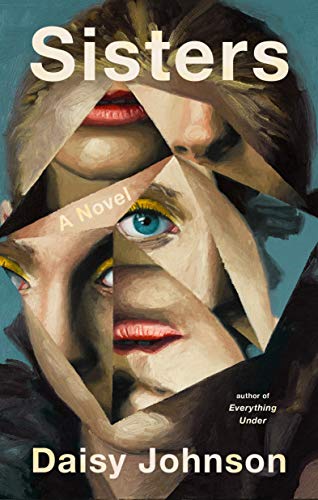
Johnson’s 2020 novel depicts an already unusual family’s retreat to an old, long-neglected house in Yorkshire, England after a violent incident leaves them ostracized in their town. Sisters July and September arrive with their mother at a deteriorating house that has been in the family for generations and is haunted by memories, both of happier days (the oldest sister and her father were born there) and deep-seated family pain (it served as a refuge from the girls’ abusive father). As readers come to understand more fully what happened in the family’s former town, the nature and source of the supernatural events in the house also become clearer.

